
I’ve spent a good number of hours gathering this information for this blog post. Many sites online discuss which vacuum cleaner has the best suction, performs the best overall, the number of “required” features and whether it can make your morning coffee!
Do not get me wrong, technology is advancing quickly to make people’s lives easier, heck, a vacuum cleaner that can charge itself and then vacuum on its own? Who would criticise that? Not me!
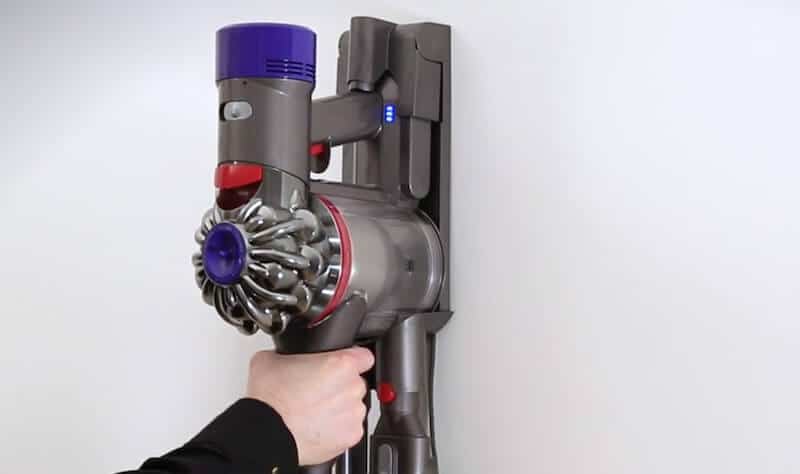
All I’m saying, with the advancement of technology, comes drawbacks (at least until the problems are fixed) and that’s no different for vacuum cleaning technology. For instance, some people find that their upright vacuum cleaner is hard to push, which can be a result of newer, more powerful motors, comes draw backs (at least until the problems are fixed) and that’s no different to vacuum cleaning technology.
With added features and advancements comes the requirement of more power. How often have we heard of this new bit of kit that performs excellently, only to feel let down due to its lack of run time?
Sure it does amazing things, but I can barely use!
Selecting a vacuum with an acceptable run time is imperative. There has to be the right balance between cleaning capability, performance, and run time. Often, you need to sacrifice a bit of one for the other to find that right balance. This balance becomes even more crucial when dealing with specific cleaning issues, such as how to clean a vacuum cleaner that smells, which may require longer operating times between cleaning capability performance and run time, and often you need to sacrafice a bit of one for the other to find that right balance.
But that’s the point, what exactly is the right balance? That will depend on your requirements, which is why I have added this run-time vs charge-time database for cordless vacuum cleaners!
“If there’s anything I’ve learned from my years of analyzing and designing vacuum cleaners, it’s that every battery is a world in its own. Factors such as usage, temperature, charging habits, even the user’s cleaning style can dramatically affect a battery’s lifespan. This is why I always encourage my readers to understand the technology behind their appliances—not just trust the label on the box.”
Valerie Kinsley, Electrical Engineer
Battery Run Time For Popular Cordless Vacuum Cleaners
Quick answer
Vacuum cleaner batteries last one hour approximately. Settings, model and type of battery will affect the time.
| Vacuum model | Run time | Charge time |
|---|---|---|
| AEG FX9 | 60mins | 6hr |
| Bissell 2602B | 50mins | 4hr |
| Bissell Multireach Active | 30mins | 5hr |
| Black+Decker PowerSeries Extreme | 78mins | 5hr |
| Bosch BCS122GB | 60mins | 1hr |
| Dyson V7 | 30mins | 3.5hr |
| Dyson V8 | 40mins | 5hr |
| Dyson V11 | 60mins | 4.5hr |
| Dyson V15 | 60mins | 4.5hr |
| Eufy HomeVac S11 | 40mins | 3.5hr |
| Gtech AirRam MK2 | 40mins | 4hr |
| Gtech HyLite | 20mins | 2hr |
| Gtech Pro | 40mins | 4hr |
| Gtech Pro 2 K9 | 40mins | 4hr |
| Halo Capsule | 60mins | 3hr |
| Hoover H-Free 300 | 40mins | 5hr |
| Hoover H-Free 800 | 35mins | 5hr |
| Hoover Linx | 30mins | 3hr |
| Lupe Pure | 60mins | 3.5hr |
| Miele Triflex HX1 | 60mins | 4hr |
| Moosoo M X6 | 30mins | 4hr |
| Roborock H6 | 90mins | 4hr |
| Roidmi R10 | 40mins | 2.5hr |
| Roidmi RS60 | 70mins | 2.5hr |
| Roidmi X20 | 65mins | 2.5hr |
| Samsung Jet 90 | 60mins | 3.5hr |
| Samsung Powerstick Jet | 60mins | 3.5hr |
| Shark DuoClean | 44mins | 3.5hr |
| Shark IZ201 | 40mins | 3.5hr |
| Shark IZ251UKT | 40mins | 3.5hr |
| Tineco A11 Hero | 60mins | 3hr |
| Tineco Pure One S11 | 40mins | 3.5hr |
| Ultenic U11 | 55mins | 2.5hr |
| Vax ONEPWR Blade 3 | 40mins | 2.5hr |
| Vax ONEPWR Blade 4 | 45mins | 3hr |
* Run times are calculated with the vacuum cleaner on eco mode – turbo mode usually halves battery life
How Much Run Time Is Enough?
This is a ‘depends’ answer, as it depends on the size of your home and even the surface you want to clean. For example, the best vacuum cleaner for hardwood floors will likely be no good for vacuuming carpets, as more suction is needed on carpets.
Areas where vacuuming take take longer than expected:
As seen, the area alone doesn’t dictate how long a vacuum session takes. A vacuum cleaner for hardwood floors will likely use less power than one that’s more catered for rug areas. Additionally, specific cleaning tasks, like getting rid of dog smell in a vacuum cleaner, might require more time and power. So be sure to take these factors into consideration when estimating the required run time of your vacuum cleaner for hardwood floors will likely use less power than one that’s more catered for rug areas. So be sure to take these into consideration when estimating the required run time of your vacuum cleaner!
Why Run Times On This Table May Not Be Accurate Enough?
Vacuum manufacturers are similar to car manufactures who often claim their product’s performance is better than what it actually is.
This is not to imply the information provided is inaccurate, but rather, economical with the truth.
Vacuum cleans have different settings, such as turbo (uses more power) and eco (uses less power). When tests are run, the least demanding setting will be selected to generate longer run times for more impressive figures.
But it does get more confusing as these appliances get fancier. For example, stick vacuums, can be detached so they convert into more portable hand-held vacuums.
This means the vacuum no longer needs to suck dust up a long shaft and therefore less energy is consumed… so, as you’ve probably guessed, some manufactures test run time this way for even more impressive figures.
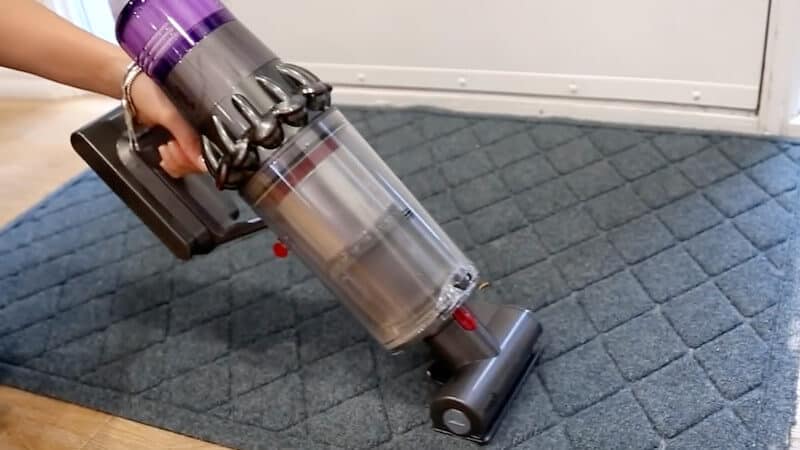
Other factors are attachments, such as the power nozzle, with a rotating brush to help clean carpets. Such features would naturally consume more energy and may be remove during run time tests.
Therefore, comparing manufacture’s actual run times becomes tricky, even on this table.
Extending The Battery’s Run Time
Although cordless vacuum cleaners are awesome for accessing any room without tripping over cords, damaging them while you machine over them, or having to find power points, I personally still haven’t made the jump. However, they can be particularly useful for specific tasks, such as vacuuming fleas with bagless vacuums, where maneuverability is key.
However, with battery technology ever improving, that jump may not take long, as mobility is an important factor to getting around the house with ease, I’m even getting frustrated with having to unplug and wind up the cord after finishing!
The main question, if you’re a cordless fanatic, how can you help the run-time of your vacuum so it does not die on you at the most awkward moments?
Furthermore, battery packs are expensive, they are usually around the $40 price tag. As a general rule, the less unnecessary strain you put on the battery and the longer it’s life span.
Should you replace your regular vacuum cleaner with a cordless one?
A cordless vacuum is hardly a replacement for your regular vacuum cleaner. They tend to be 30% less efficient and the bags have less than half of the capability. It is a great complement, good for cars and close spaces, but don’t expect much in bigger spaces.
It is important to mention that you have to think ahead of time if you are going to use a cordless vacuum cleaner since the standard charging time is of 4 hours.
Lastly, the lifespan of a vacuum battery is less than 5 years. You will start noticing a significant performance drop after just 3 years depending on the use you give them.
My Final Thoughts
Going cordless is ultimately a personal choice. Like anything with life, the advantages something provides often comes with some caveats.
I for one, as mentioned, I still use corded for instant power. I would hate forgetting to charge up my machine, only not to be able to use it in emergencies.
Also, all things equal, it is assumed a cordless machine would use up more energy due to inefficiencies in the battery charging process, not to mention the impact on the environment when manufacturing batteries. A water filtration vacuum cleaner is also going to be different from a HEPA filter vacuum in terms of energy consumption and environmental impact.
I do not want to make this an argument about how bad batteries are. This isn’t a comparison between gas vs electrical cars, because in this case, we are comparing two machines that use only electricity and source that electricity from the same place… ultimately I am expressing my preference.
Other’s will clearly prefer cordless machines which is precisely why I add the battery run time list above.
References
https://batteryland.com/en/blog/read/what-we-need-to-now-about-vacuum-cleaner-batteries/
https://blog.batteryempire.co.uk/choosing-a-battery-for-a-cordless-vacuum-cleaner/

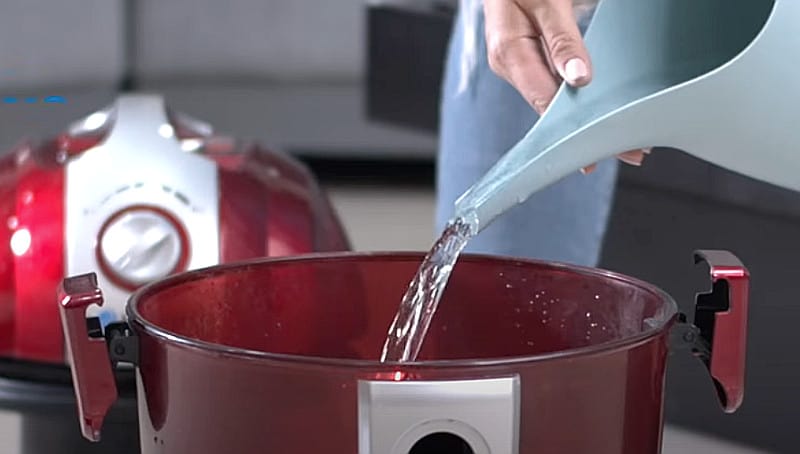
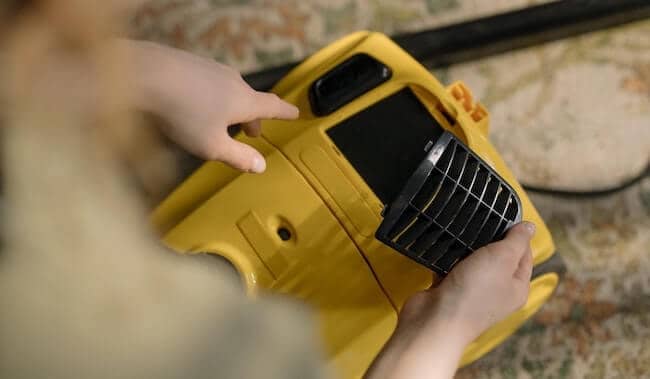
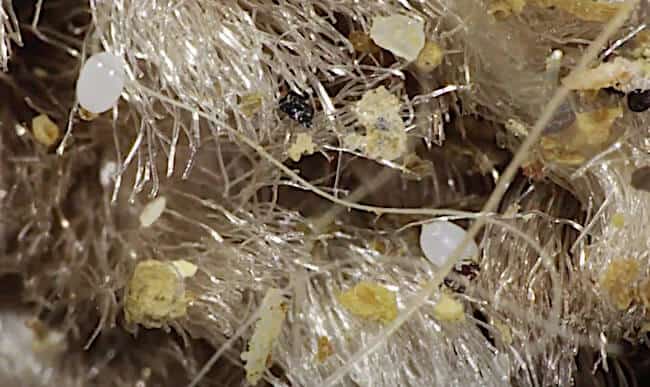

As someone who works closely with IoT technology and smart home appliances, I relate to what you said about the progress and the inevitable issues that follow. It’s similar to when a new software update rolls out, there are always bugs and glitches to iron out before it runs smoothly.
As someone heavily involved in the AI field, I’ve seen firsthand how quickly technology can evolve, but also how it often brings new challenges before it improves our lives. My robotic vacuum cleaner, for example, was an absolute game-changer in my cleaning routine but initially struggled with mapping out the house. Over time, modifications have helped overcome this issue but it’s a perfect illustration of how tech advancements often come with a ‘refinement’ stage.
I’ve got an automatic house cleaning bot myself; works like a charm most days but occasionally ends up tangled in the fringe of one of my Persian rugs! It once bumped into my cat Muffins too but she’s learned to stay out of its way. The machines are getting smarter indeed, just as we all hoped, only sooner than some of us might prefer.
In my own experience as a professional engineer who loves experimenting with new tech at home, one consistent problem area I’ve found with this current wave of automated vacuums is their ability to handle pet hair. My three huskies shed like it’s their job and the vacuums often choke on the amount of fur that can accumulate even over a few hours! While sensors have gotten better at avoiding obstacles and mapping rooms, the core cleaning capabilities can sometimes not keep up with real-world messes.